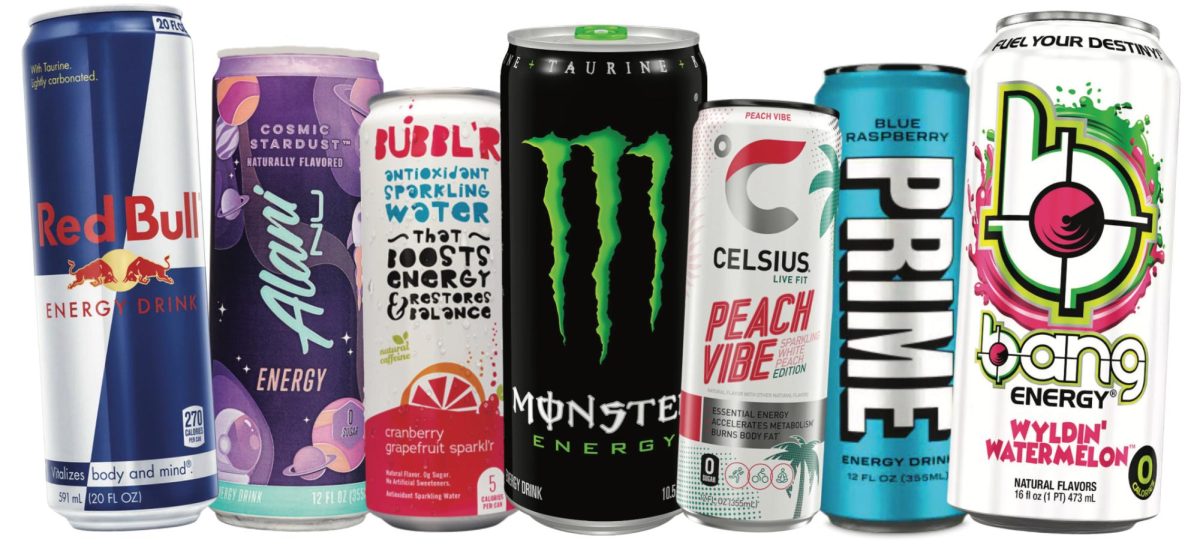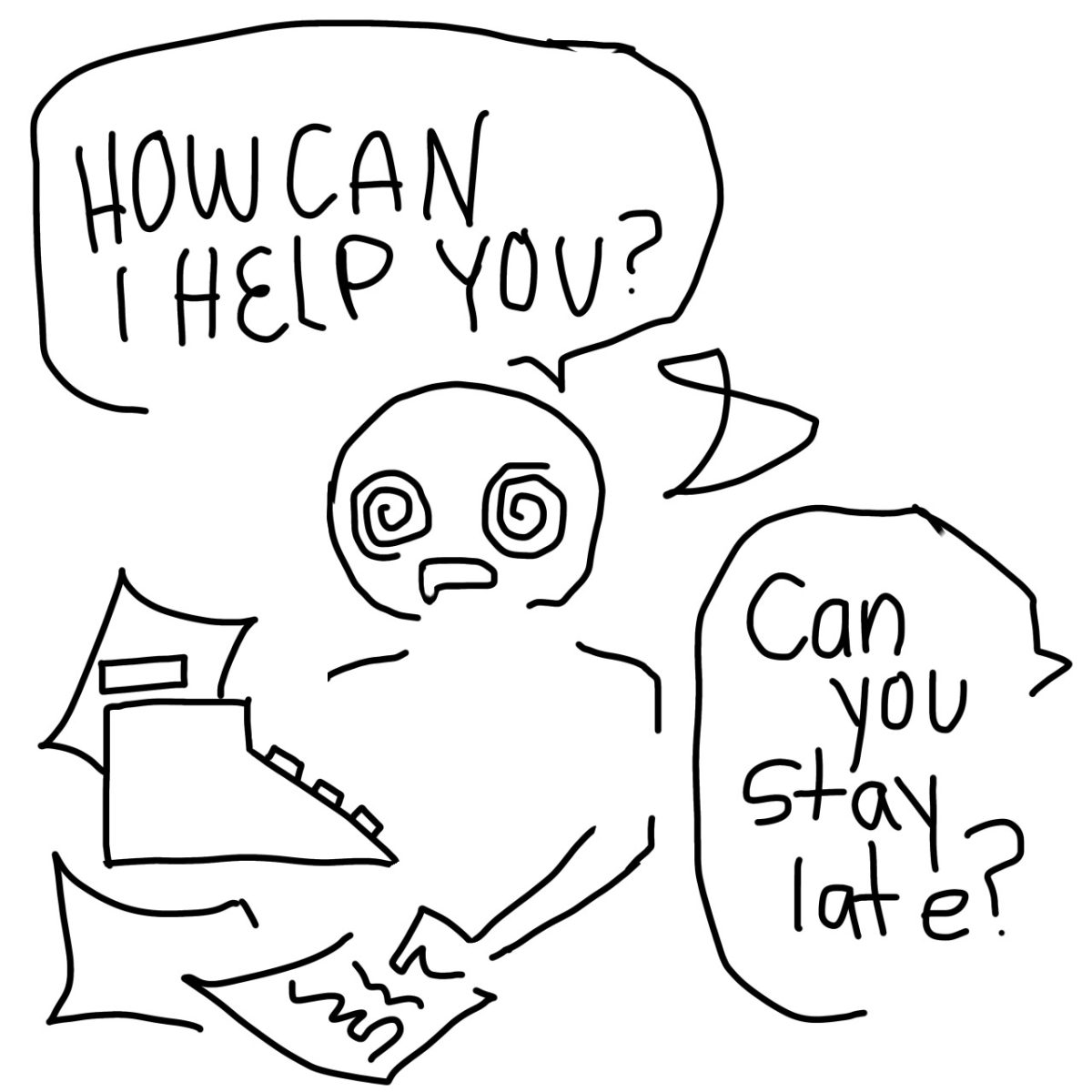As I walk through the hallways of Stoughton High School, I can’t help but notice the abundance of energy drinks. Whether lined on the shelves of vending machines or popping out of students’ backpacks, these vibrantly colored beverages are bound to be seen throughout the day. However, underneath their appealing packaging lies numerous harmful effects that shouldn’t be ignored.
The Food and Drug Administration (FDA) defines energy drinks as “a class of products in liquid form that typically contains caffeine, with or without other added ingredients.”
These drinks range from the well-known Red Bull to Wisconsin’s very own Bubbl’r and have become increasingly popular in recent years, particularly among young people. These drinks promise a quick increase in energy and improved performance; however, many don’t realize that these drinks will have long-lasting effects on many aspects of life.
Energy drinks frequently contain high doses of caffeine, and excessive intake of these beverages can result in various health concerns. It’s recommended that adults drink less than 400 mg of caffeine a day, whereas less than 100 mg a day is suggested for teenagers. Exceeding the recommended amount can lead to a variety of problems, including increased heart rate, elevated blood pressure, and irregular heart rhythms, which can be especially harmful to teenagers who are still developing.
A typical energy drink among teens, Celsius, was recently banned by the NCAA due to the amount of caffeine and illegal stimulants in the beverage. The drink contains between 200-300 mg of caffeine. Why is it still offered to teenagers if Celsius is banned for collegiate athletes?
In addition to the physical toll, energy drinks can negatively impact behavior and cognition. The use of caffeine and other stimulants can cause anxiety, restlessness, irritability, and stress, which, for students, can significantly harm their academic performance. Energy drinks can also disrupt sleep patterns, causing insomnia and tiredness, resulting in the opposite effect of what students want: increased energy.
Furthermore, with their addictive nature, energy drinks have been linked to behaviors such as binge drinking and substance addiction, which teenagers are especially susceptible to.
Energy drinks’ broad availability and aggressive marketing efforts have helped to normalize excessive use. Manufacturers frequently use advertising tactics to target vulnerable audiences, promoting consumption through athlete and celebrity endorsements.
Whether they’re on the shelves of grocery stores or sold at sporting events, energy drinks are all around us. However, these energy drinks have considerably more consequences than just the short-term boost in energy. The effects of its consumption are numerous, ranging from emotional distress and societal challenges to physical disturbances.
This isn’t to say that students can’t drink energy drinks to get the energy boost so many of them desire, but it is essential for students to understand the harmful effects of energy drink consumption and the ways in which they can affect their lives. Promoting education on the dangers of these beverages, enforcing vital rules on their marketing and availability, and supporting healthier alternatives can all help minimize the harmful impact on student health and well-being.
Categories:
What’s Wrong with Energy Drinks?
0
More to Discover
About the Contributor

Mary Estelle Bubon, Sports Editor
Mary is a senior, and this is her third year on staff! Mary joined the Norse Star because she enjoys writing, and wanted to be included in a collaborative environment to share that interest, and sought to improve her writing skills along the way! Outside of the newspaper, she is involved with the school’s cross-country and track teams. After she’s done with high school, Mary is interested in potentially exploring a psychology or sociology major in college. Outside of school, Mary enjoys hanging out with her friends.








